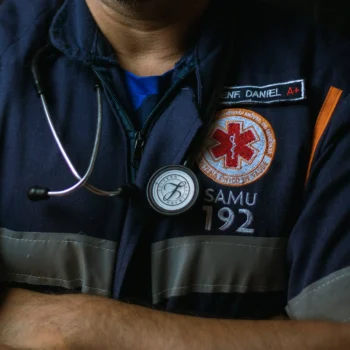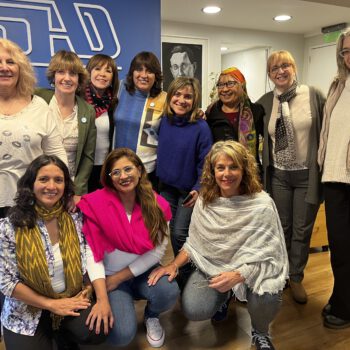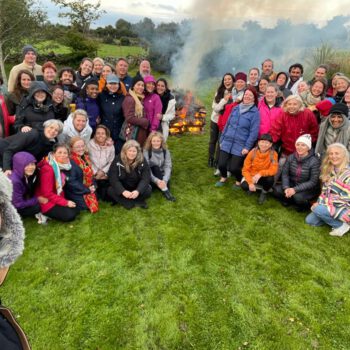“A society that fails to value communality — our need to belong, to care for one another, and to feel caring energy flowing toward us — is a society facing away from the essence of what it means to be human.
~ Gabor Maté
Triggered? Welcome to the human experience.
When a trigger occurs, two possible judgments might arise inside:
- Something’s wrong.
- Someone is wrong, i.e., who is to blame?
Then, if we choose to internalize the blame—making ourselves wrong by blaming ourselves for getting upset—we trigger shame. It’s a lose-lose situation.
When looking through the lens of Nonviolent Communication (NVC), any “negative” judgment is considered “A tragic expression of an unmet need.” ~Marshall Rosenberg
A trigger is a mechanism that actuates the function of a weapon. It releases a bullet from the gun’s chamber. However, the ammunition contains the explosive material, not the trigger itself. When I get triggered, I am confusing the bullet with that which activates its release. I might react as if someone has done something to me and blame them for my painful explosion. And yet, I contain the bullet. It is already something within me. Any situation can set off a trigger, but what gets stimulated inside is all mine.
The solution is not to attempt to make triggers go away, nor to make them wrong. In fact, they can be indicators of unresolved issues stemming from unmet needs. As with the approach of Compassionate Inquiry, NVC invites us to navigate every stimulating event with curiosity, compassion, and accountability.
“Between stimulus and response there is a space. In that space is our power to choose our response. In our response lies our growth and our freedom.”
~Viktor Frankl
In the monthly NVCI Focus Group, we explore ways to acknowledge triggers as an opportunity for self-discovery. We welcome unmetabolized issues in the tissues that make themselves known in our physical, emotional, mental, and energetic bodies. We then practice ways to expand that space between stimulus and response, making more room for choice.
The first step is to slow down the rapid, conditioned mind. When I pause, I see more. I often ask myself, “What is that in me?” I might notice some familiar somatic experiences, like contraction in my body, or feelings of anger or fear from my perception that something should not be happening. I wonder whether some old memories have been reactivated. I greet these embodied messages as valuable entry points into myself.
The next step is to identify the flavor of blame. Am I blaming others for my discomfort, as if I am the victim? Am I blaming myself for doing something wrong, reigniting a long-held core belief? If I am blending with the wrongness, I am adding more evidence to my pile of corrosive shame.
“People don’t make us angry. How we think makes us angry.”
~Marshall Rosenberg
Once I recognize this well-worn path, which has gotten me this far in life, I can now make a choice between: is this happening to me, or for me? Could this be uncovering something painful, previously hidden, and worth unpacking? How is this a gift?
Rather than perpetuating my blame’s lack of agency, I can connect my senses, emotions, and thoughts to the deeper needs that are not being met. It could be a need that has not been satisfied for so long that pain is speaking in its absence. When I excavate deeper, I give attention to the beauty of the need itself, rather than its unmet-ness. This is my greatest currency.
As soon as I identify what’s alive in me from a needs-based awareness, I am much less concerned about what “the other” is doing. Encouraging my embodied layers to speak, I can feel, heal, and release whatever “it” is, once there’s compassion. This qualitative shift occurs on a cellular level. I can thus transform any perceived obstacle into an empowered opportunity.
NVC is a consciousness masquerading as a language. When I clearly communicate from a place of self-attunement, I become genuinely curious about what goes on inside of another. Whether there is agreement or not, I can cultivate more understanding and empathy with my fellow embodied beings.
“The capacity to be present with and understand and see the other human being for exactly who they are, and to accept them for who they are, and to invite them unconditionally to be in your presence exactly the way they are…That is what love actually is.”
~Gabor Maté
In order to know where we want to go, we must first know where we are. With the guidance of both NVC and CI maps, we can traverse our inner and outer terrain with a spirit of inquiry. Please join us on our NVCI journey. Not knowing where we might land, we walk alongside one another on this path, one fertile trigger at a time.




Comments are closed.